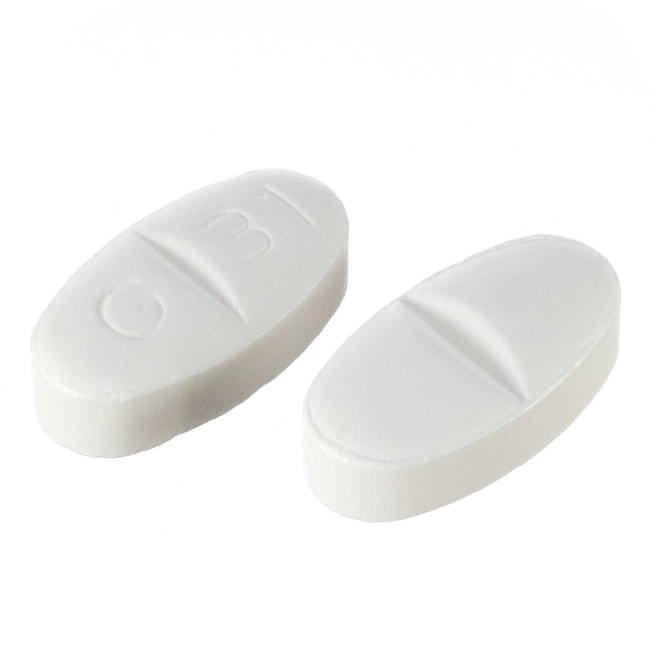Gabapentin is structurally related to GABA. However, it does not bind to GABAA or GABAB receptors, and it does not appear to influence synthesis or uptake of GABA.
Gabapentin is a medication that belongs to the class of drugs known as anticonvulsants or antiepileptics. It is primarily used to treat seizures and neuropathic pain, but it is also used off-label for various other conditions such as anxiety, insomnia, and restless leg syndrome.
Gabapentin works by binding to a specific type of voltage-gated calcium channel (the alpha-2-delta subunit) in the brain and spinal cord. This reduces the release of various neurotransmitters, including glutamate, substance P, and noradrenaline, which are involved in pain perception and seizures.
Gabapentin is rapidly absorbed after oral administration, and its bioavailability is not affected by food. The peak plasma concentration is reached within 2-3 hours after administration. Gabapentin is not metabolized in the liver and is primarily eliminated by renal excretion.
The half-life of gabapentin is approximately 5-7 hours, and it is typically administered three times a day to maintain therapeutic levels in the blood. The dosage of gabapentin may need to be adjusted in patients with renal impairment, and it should be used with caution in patients with a history of substance abuse or suicidal ideation.
Overall, gabapentin is a well-tolerated medication, but common side effects may include dizziness, drowsiness, fatigue, and ataxia. Gabapentin may also increase the risk of suicidal thoughts or behaviors, particularly in younger patients. Therefore, close monitoring is recommended during treatment with gabapentin.
High affinity gabapentin binding sites have been located throughout the brain; these sites correspond to the presence of voltage-gated calcium channels specifically possessing the alpha-2-delta-1 subunit.

This channel appears to be located presynaptically, and may modulate the release of excitatory neurotransmitters which participate in epileptogenesis and nociception.
Absorption
Variable, from proximal small bowel by L-amino transport system; saturable process; dose-dependent
Vd: 58 ± 6 L; CSF concentrations are ~20% of plasma concentrations
Metabolism
Not metabolized
Excretion
Proportional to renal function; urine (as unchanged drug)
Clearance: Apparent oral clearance is directly proportional to CrCl: Clearance in infants is highly variable; oral clearance (per kg) in children <5 years of age is higher than in children ≥5 years of age
Time to Peak
Immediate release: Infants 1 month to Children 12 years: 2 to 3 hours; Adults: 2 to 4 hours; Extended release: 8 hours
Half-Life Elimination
Infants 1 month to Children 12 years: 4.7 hours
Adults, normal: 5 to 7 hours; increased half-life with decreased renal function; anuric adult patients: 132 hours; adults during hemodialysis: 3.8 hours
Protein Binding
<3%
